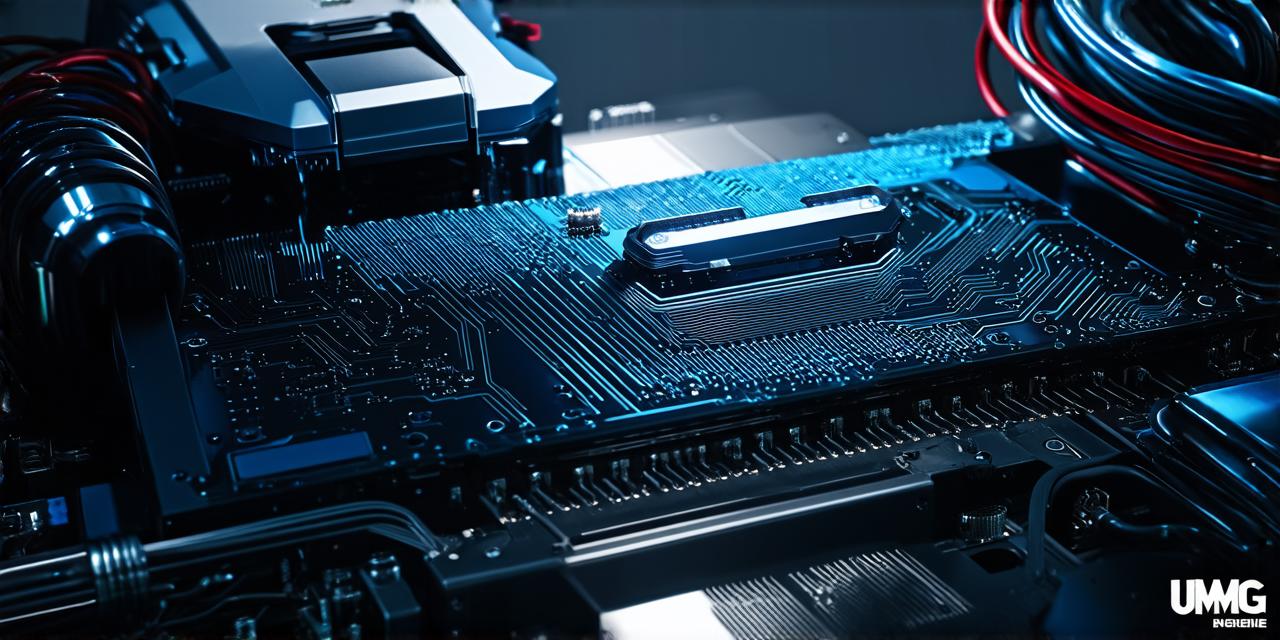UMG (Unreal Motion Graph) is a powerful tool in Unreal Engine for creating interactive, dynamic UI elements such as menus, buttons, and sliders. In this guide, we will go through the basics of using UMG in Unreal Engine, including how to create a basic menu, add interactivity to UI elements, and customize the look and feel of your menus.
Getting Started with UMG
Before diving into creating menus and other UI elements, it’s important to understand the basics of UMG in Unreal Engine. Here are some key things to know:
- UMG is a visual scripting tool that allows you to create complex UI animations and interactions without writing code.
- UMG is integrated into Unreal Engine as part of the Content Browser, so you can access it at any time during your project.
- UMG uses its own set of nodes and properties, which are similar to those found in other visual scripting tools like FlowLab or Blueprint.
Creating a Basic Menu
To create a basic menu using UMG, follow these steps:
- Open your Unreal Engine project and navigate to the Content Browser.
- Right-click in the Content Browser and select "User Interface" > "Widget Blueprint." This will open the UMG Editor, where you can create your menu.
- Drag a "Menu" widget onto the canvas.
- Use the properties panel on the right to customize the appearance of your menu, such as the font size and color.
- Add additional UI elements to your menu, such as buttons or sliders, by dragging them onto the canvas.
- Connect the UI elements together using the connection points on the edges of each widget. For example, you can connect a button to a "Play" animation in the menu widget.
- Preview your menu by clicking the "Play" button in the top-right corner of the UMG Editor.
Adding Interactivity to UI Elements
One of the key advantages of using UMG is the ability to add interactivity to your UI elements without writing code. Here are some examples of how you can do this:
- Add an animation to a button by dragging an "Animation" node from the Animation tab onto the button widget and connecting it to the button’s "On Press" event.
- Use conditional logic to hide or show UI elements based on user input. For example, you can use an "If" node to check if a button is pressed, and then show or hide a slider widget based on that condition.
- Create custom animations using the animation graph editor. You can use keyframes to define the movement and properties of your UI elements over time.
Customizing the Look and Feel of Your Menus
UMG allows you to fully customize the look and feel of your menus, from the font size and color to the animation speeds and easing functions. Here are some tips for getting started:
- Use the properties panel on the right to adjust the appearance of your UI elements, such as the font size and color.
- Experiment with different animation speeds and easing functions to create unique animations for your menus.
- Use the "Color" node in the Graph tab to change the color of individual parts of your menu, such as the text or background.
- Use the "Material" node in the Graph tab to change the material properties of your UI elements, such as the texture or opacity.
Conclusion
UMG is a powerful tool for creating interactive and dynamic UI elements in Unreal Engine.
